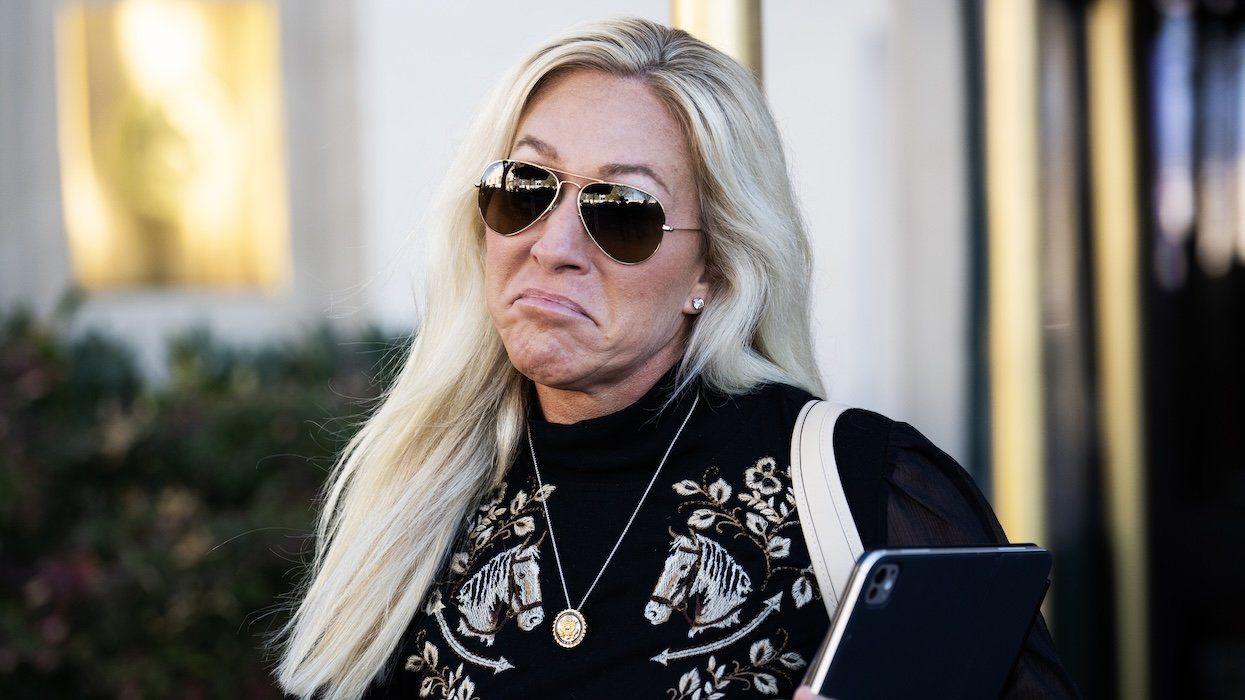CONTACTAbout UsCAREER OPPORTUNITIESADVERTISE WITH USPRIVACY POLICYPRIVACY PREFERENCESTERMS OF USELEGAL NOTICE
© 2025 Equal Entertainment LLC.
All Rights reserved
All Rights reserved
Scroll To Top 



















![]()
By continuing to use our site, you agree to our Privacy Policy and Terms of Use.
LGBT TV Deaths
Only a small fraction of the characters depicted on television are LGBT, and only a small percentage of those enjoy happy endings. This seemed a particularly bloody year for LGBT characters, particularly lesbians, even before the newest season of Orange Is the New Black sent viewers into a fresh grief spiral. As the "Bury Your Gays" trope continues unabated into the 21st-century, it seems a decent time to look back at the most untimely and unforgivable casualties of drama on the small screen.
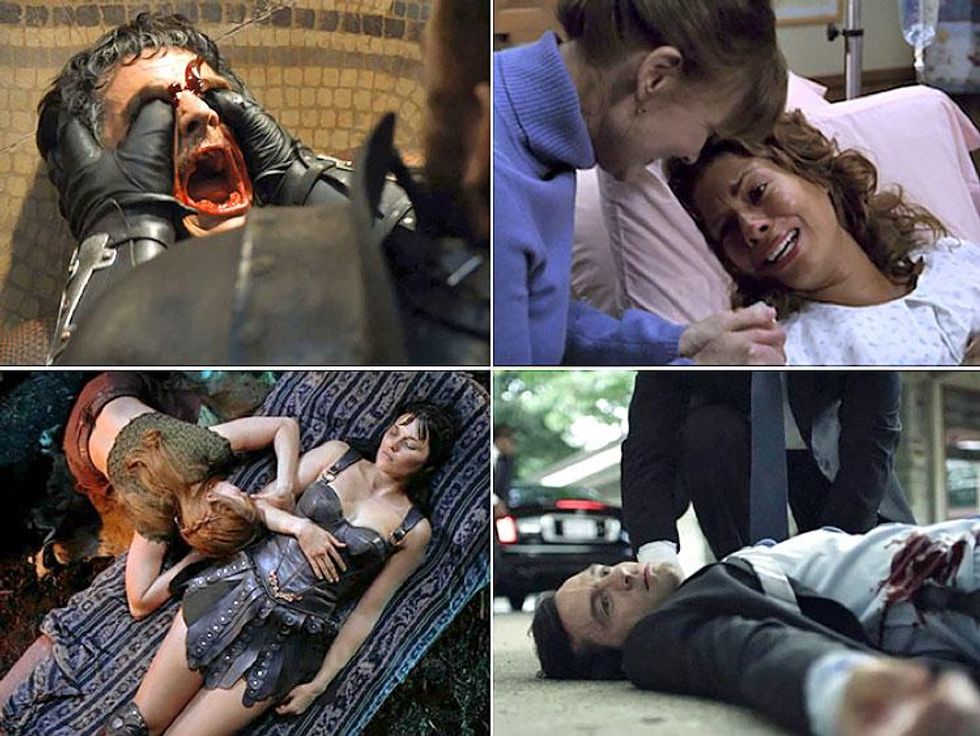
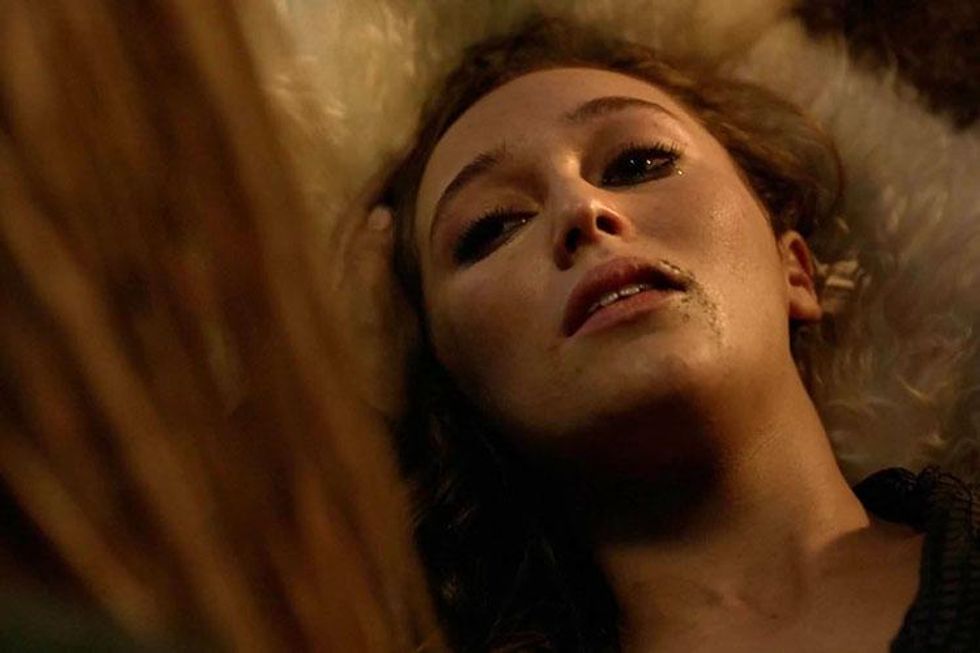
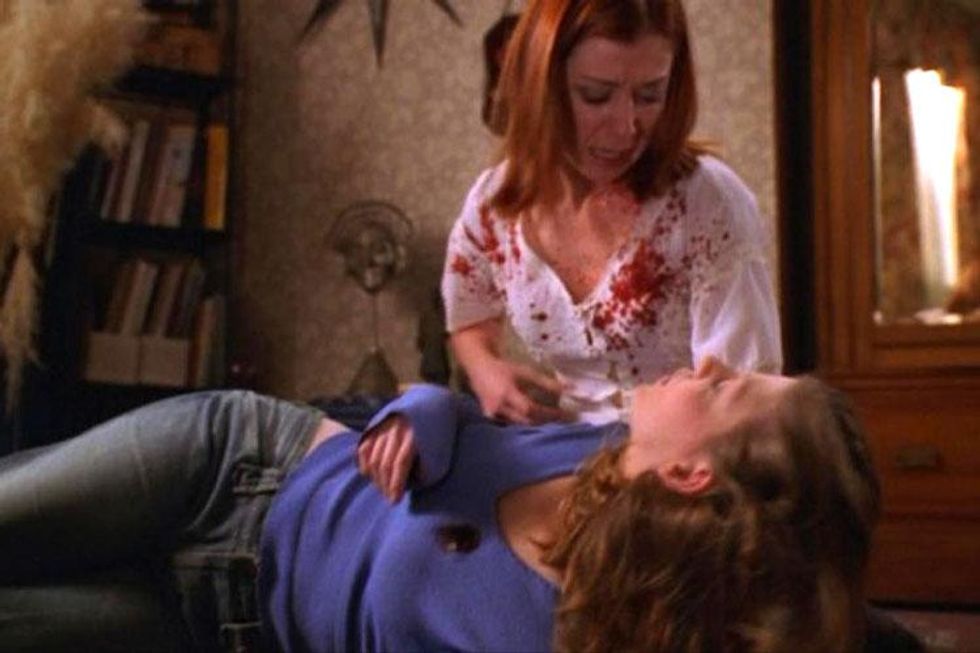
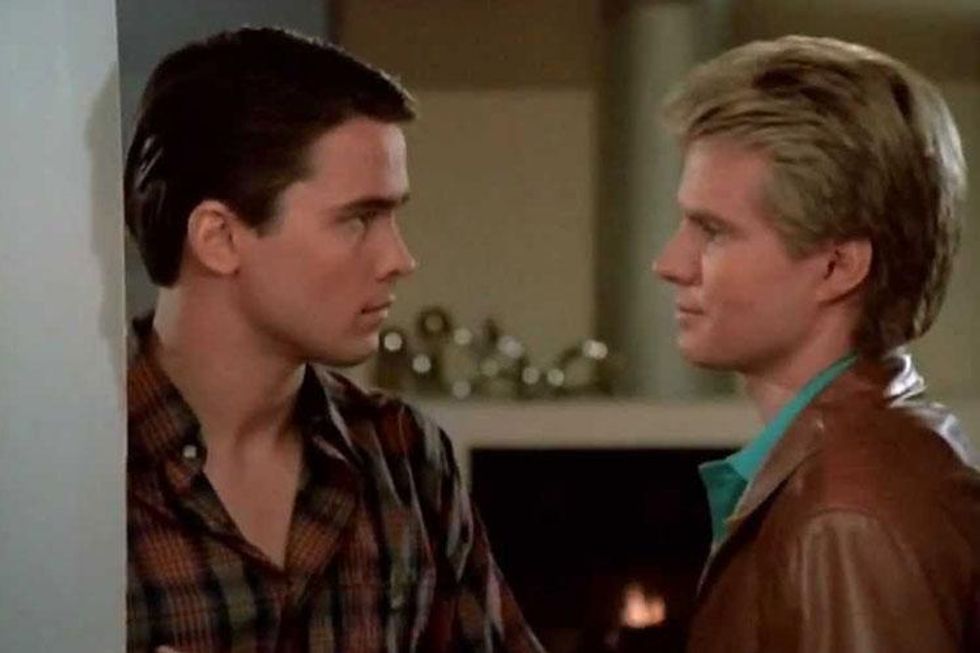
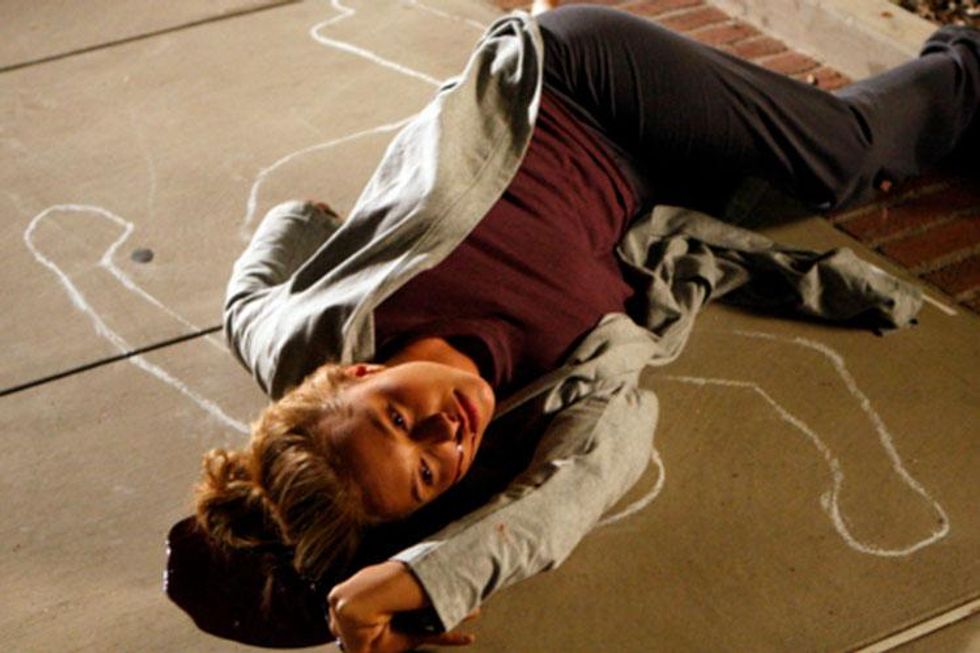
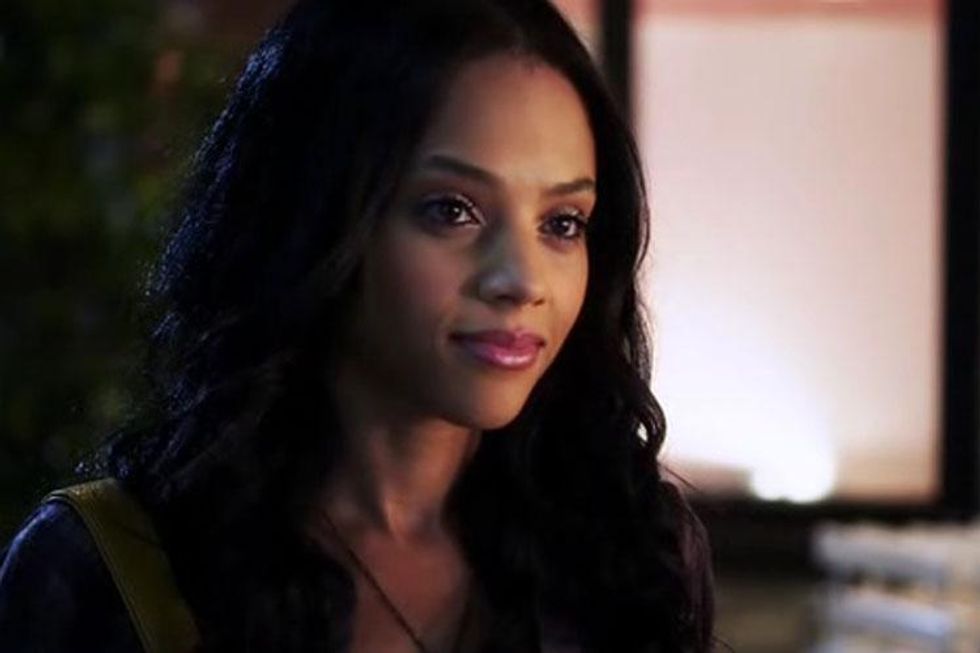
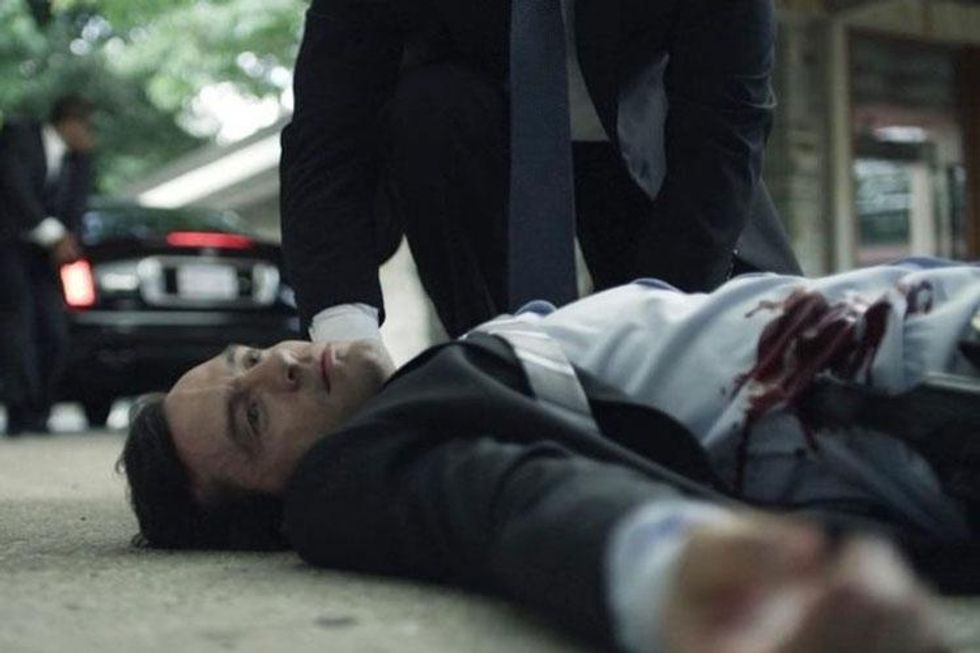
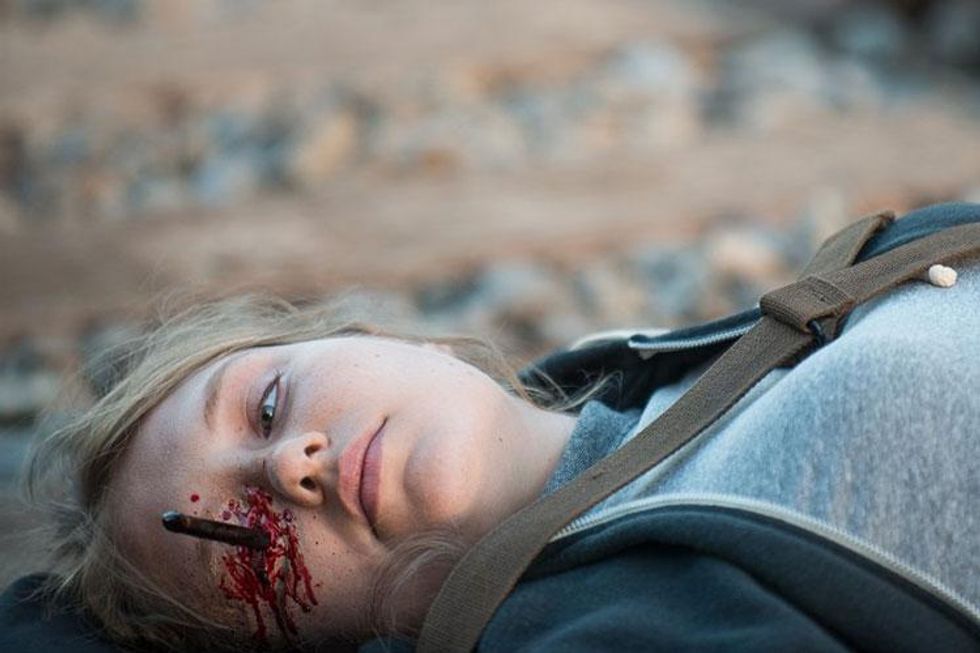
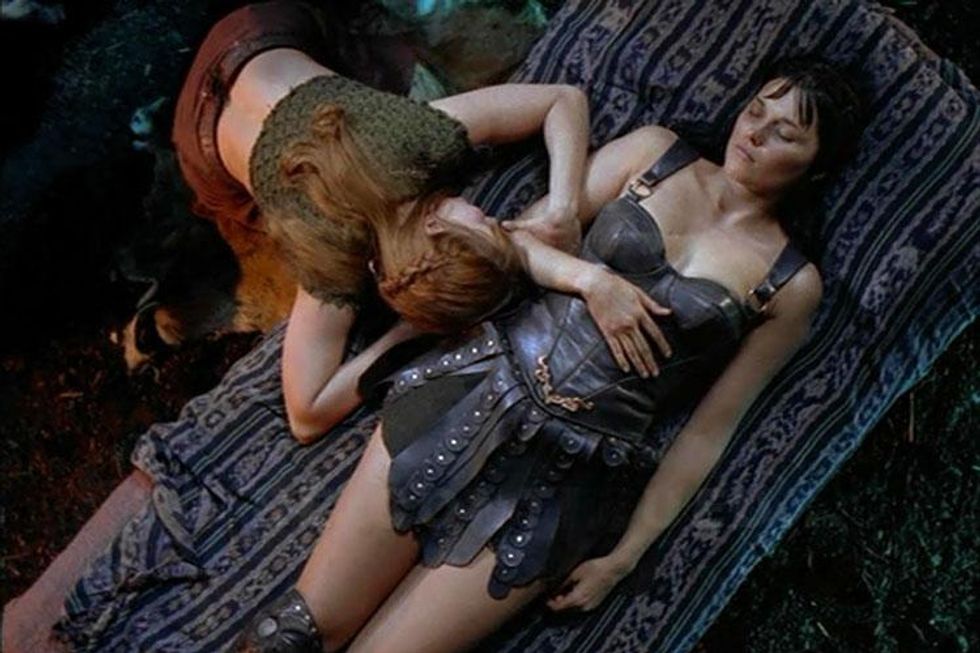
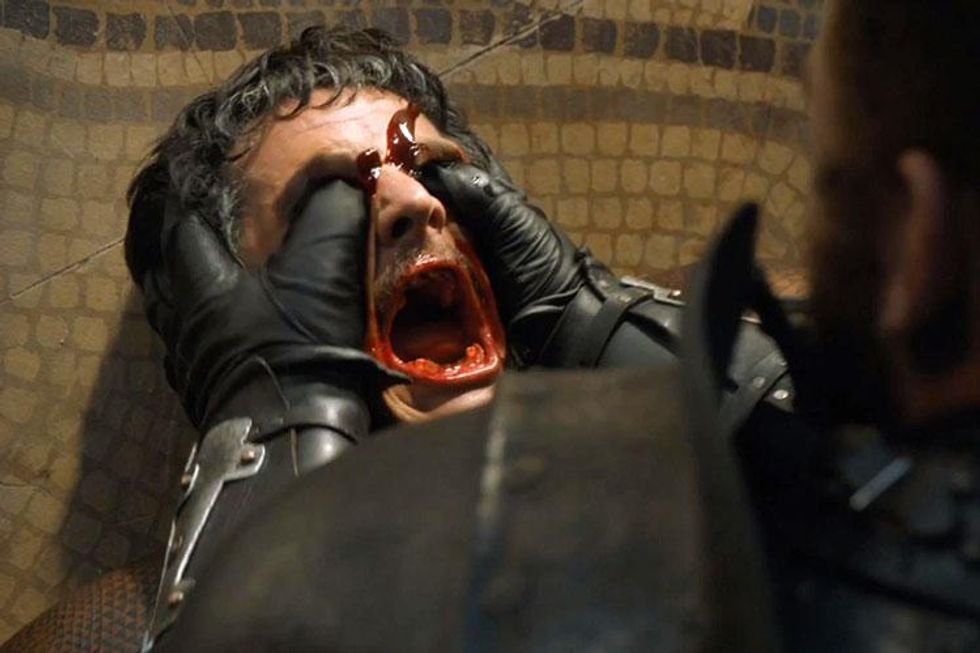
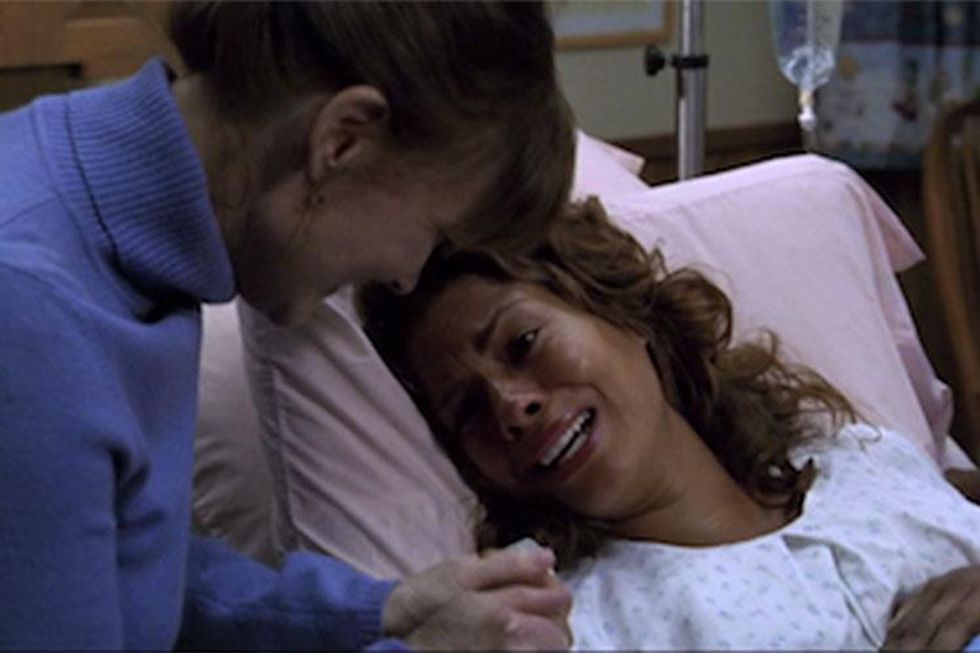
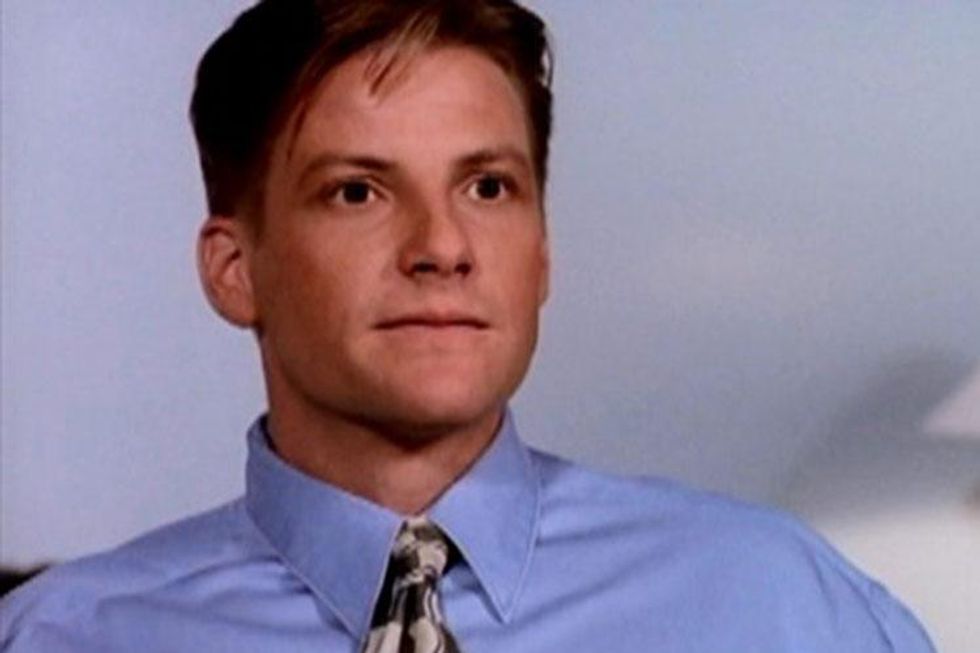
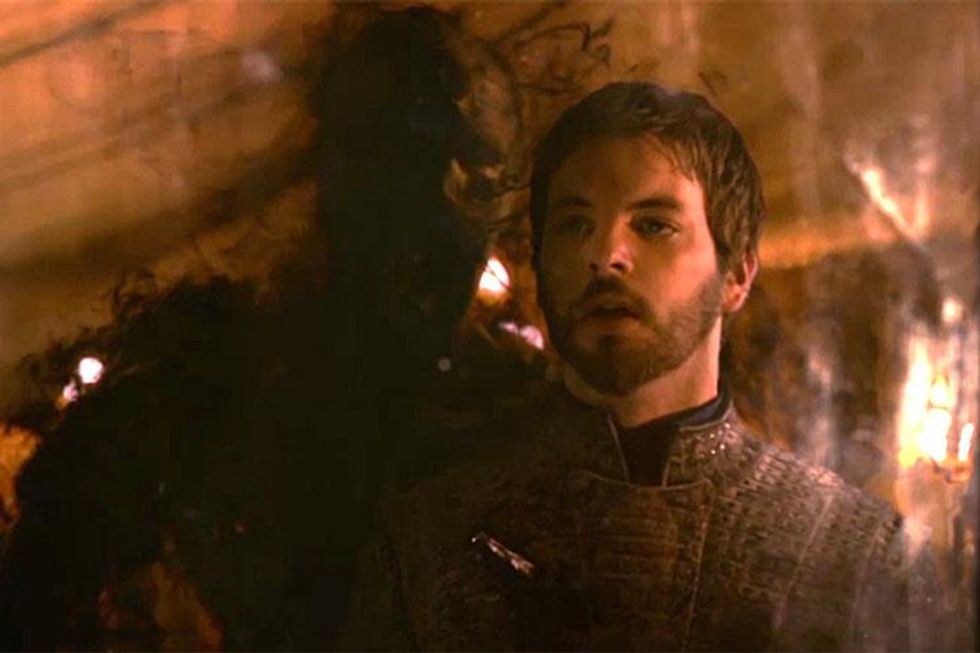
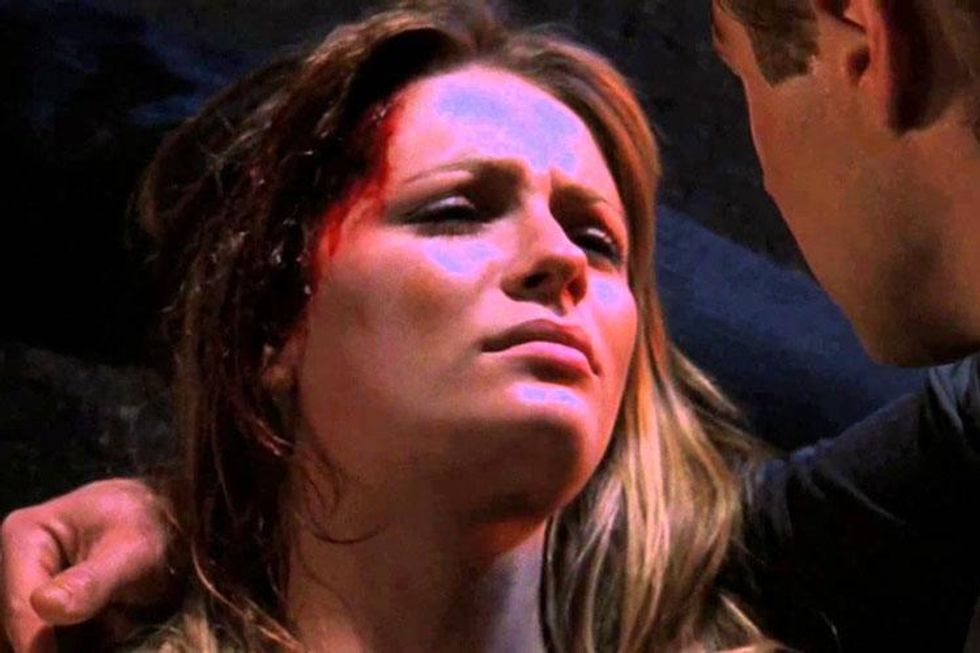
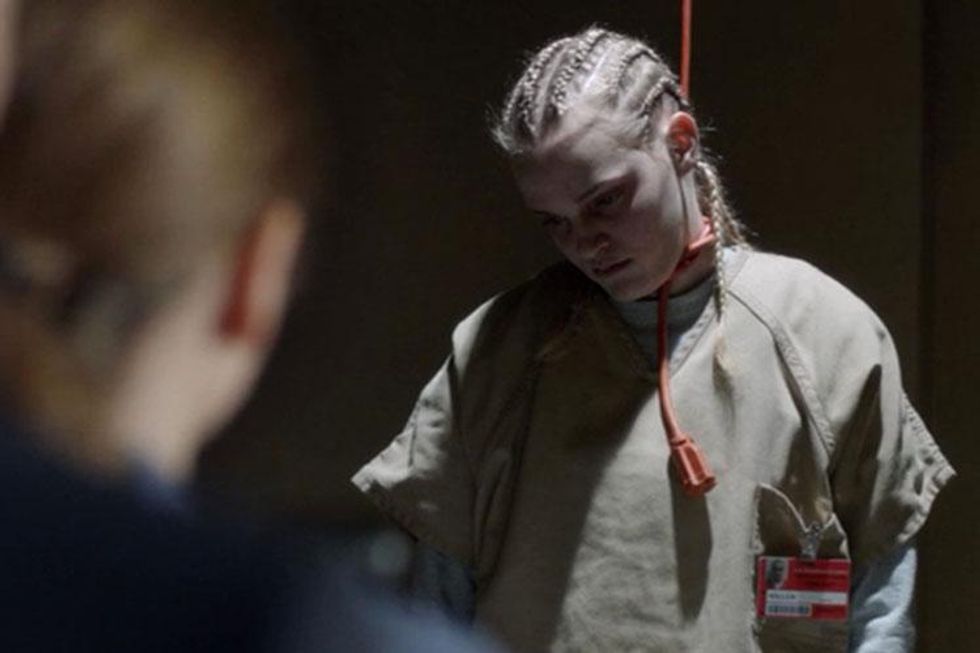
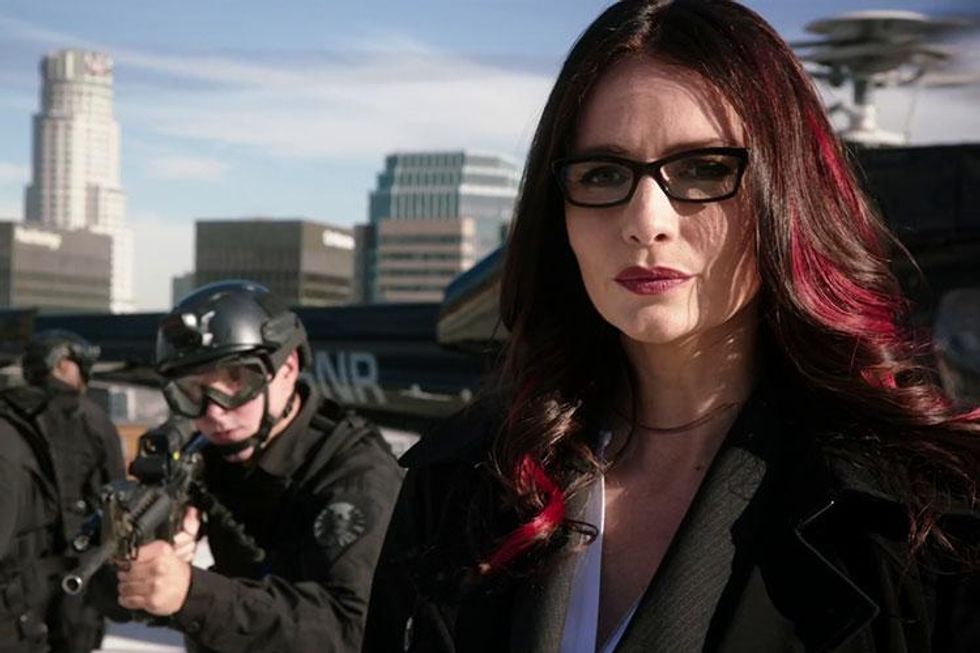
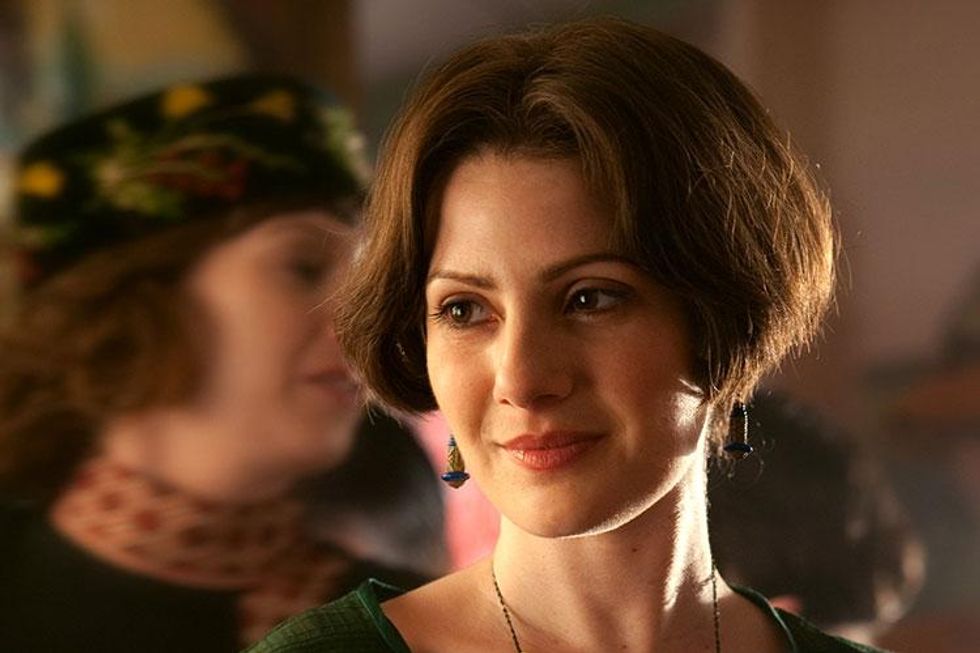
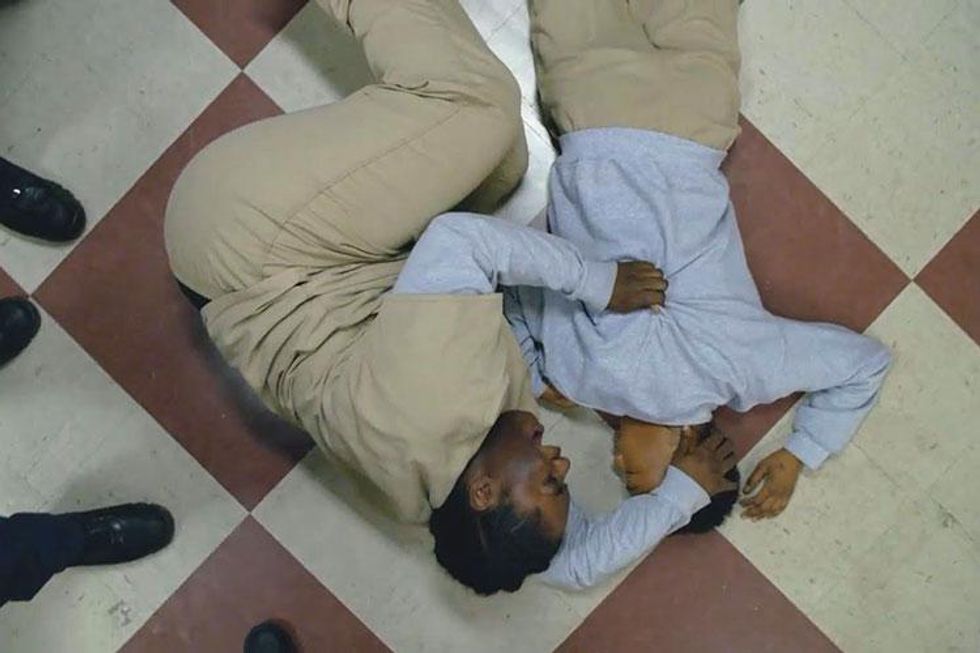
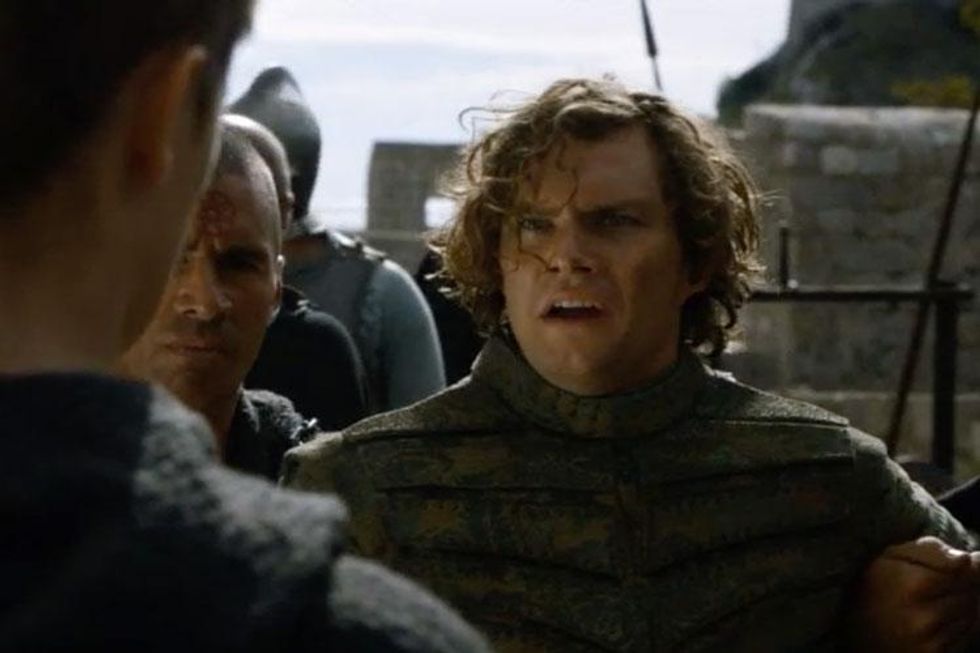
More Galleries
12 movies to watch if you loved ‘Red, White & Royal Blue’
October 27 2025 6:02 PM
LGBTQ+ History Month: 33 queer movies to watch on streaming
October 02 2025 9:02 AM
Drag Me to the Catskills: A weekend of camp and comedy in the woods
May 29 2025 8:30 PM
Boys! Boys! Boys! podcast: A new voice in queer culture
May 01 2025 5:03 PM
Cobblestones, castles, and culture: Your LGBTQ+ guide to Edinburgh
April 30 2025 12:44 PM
